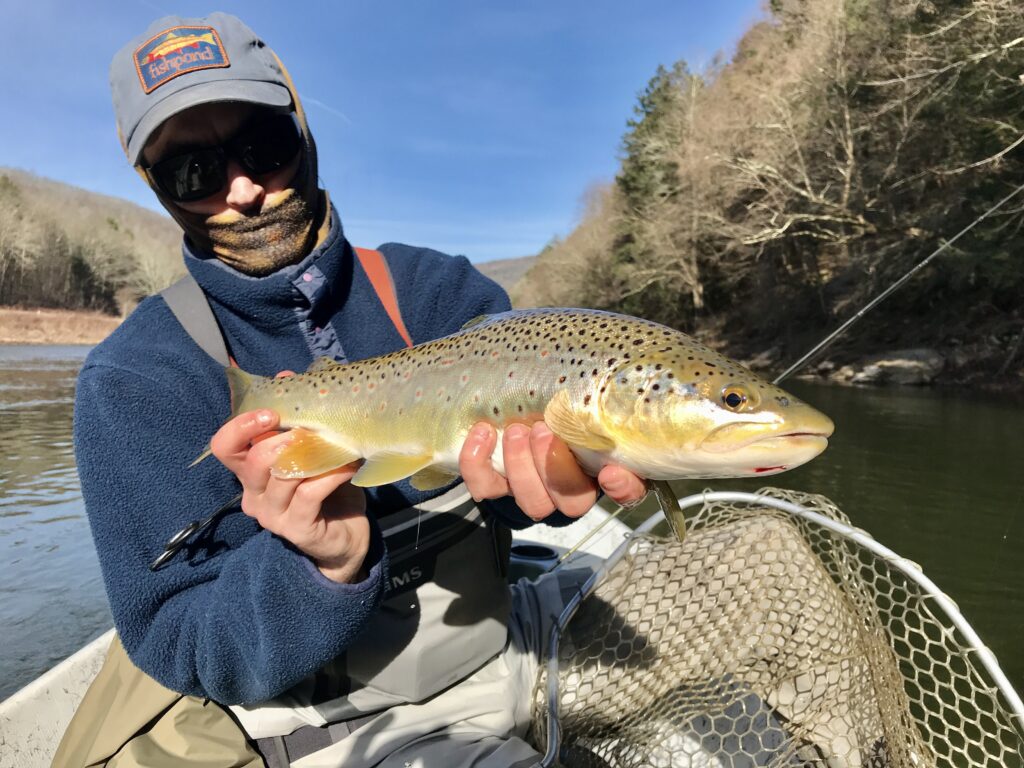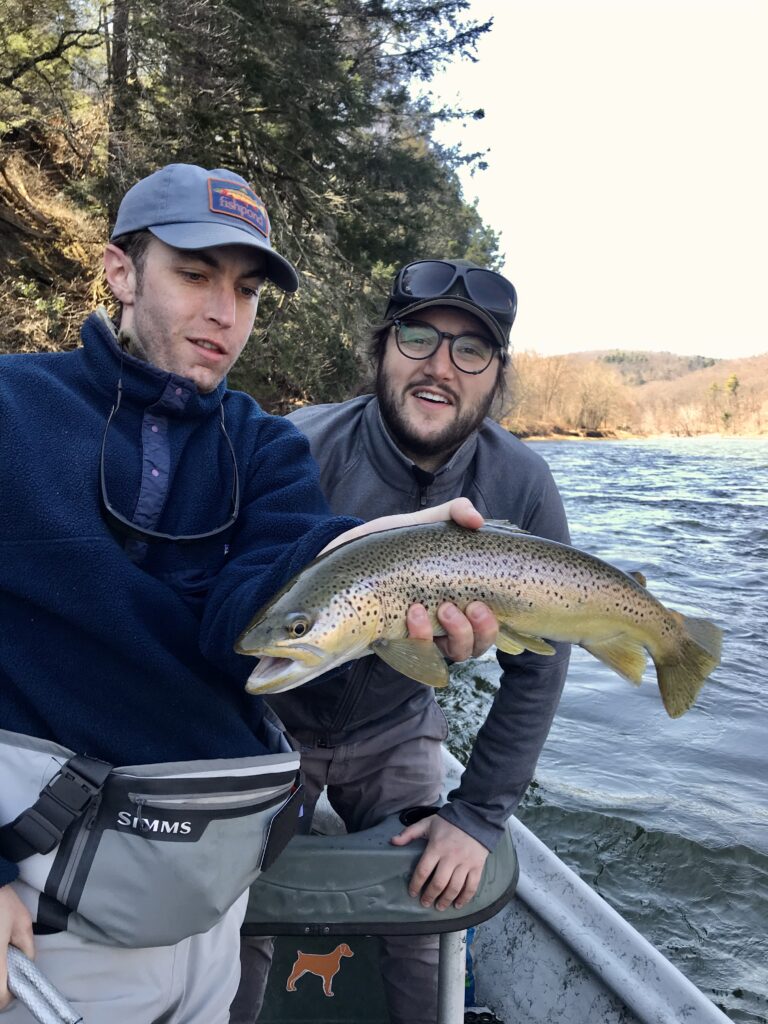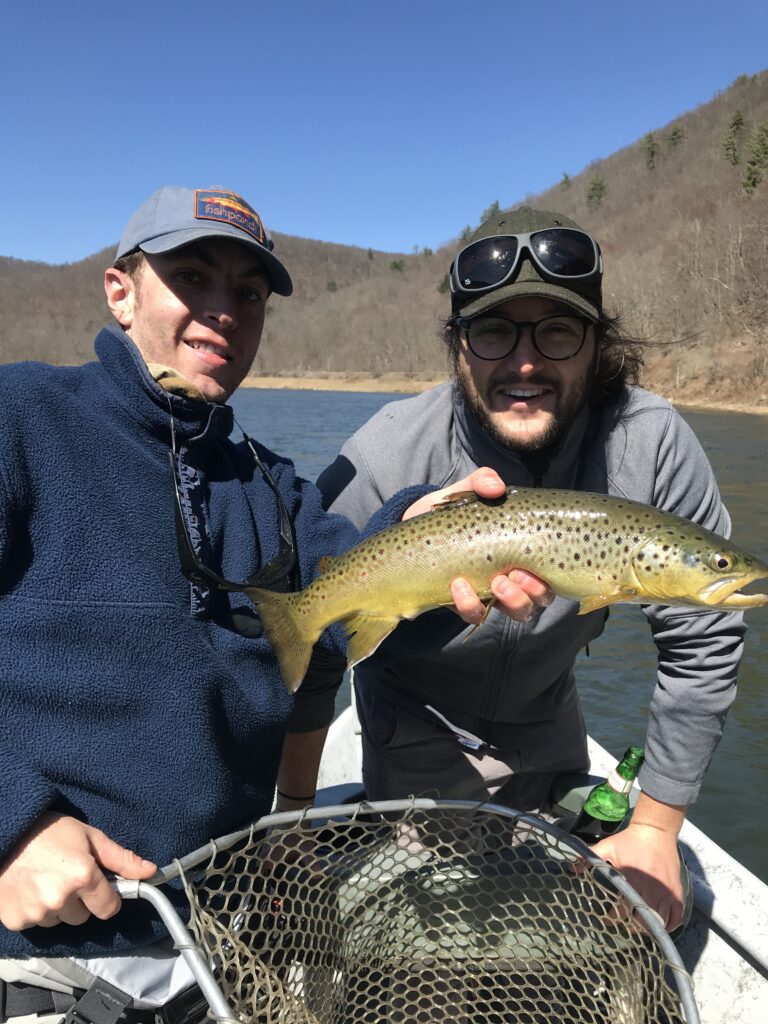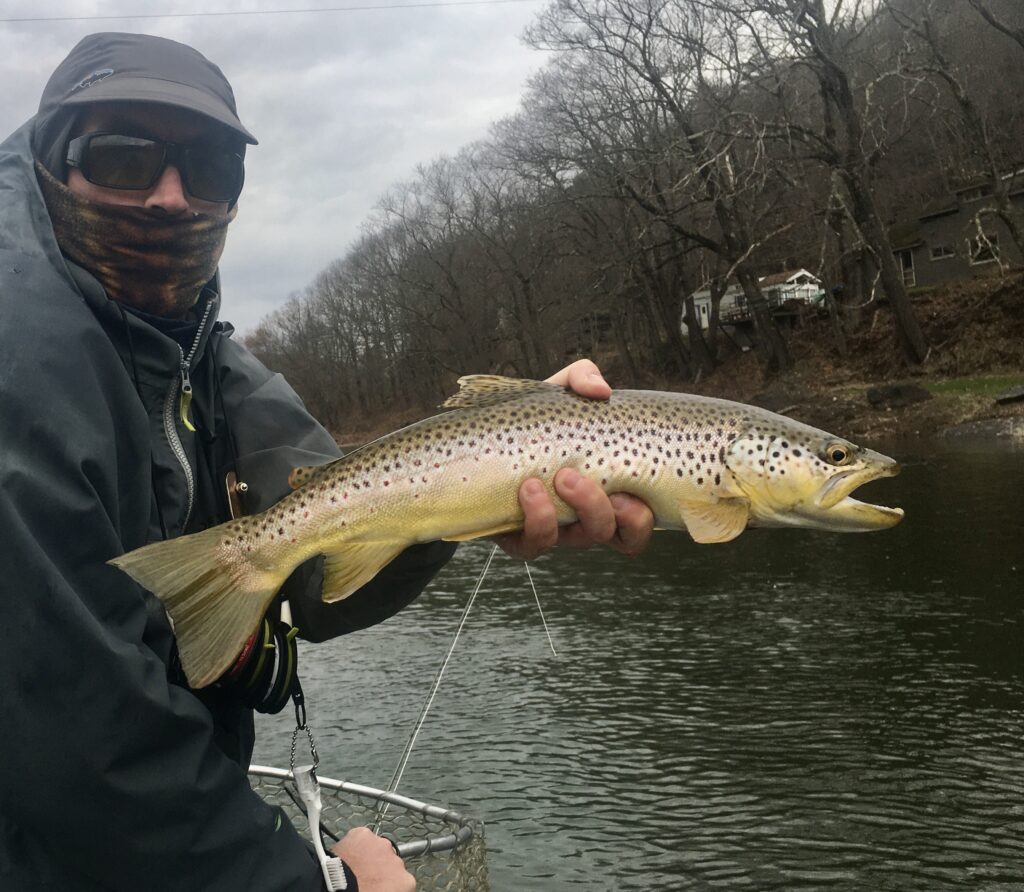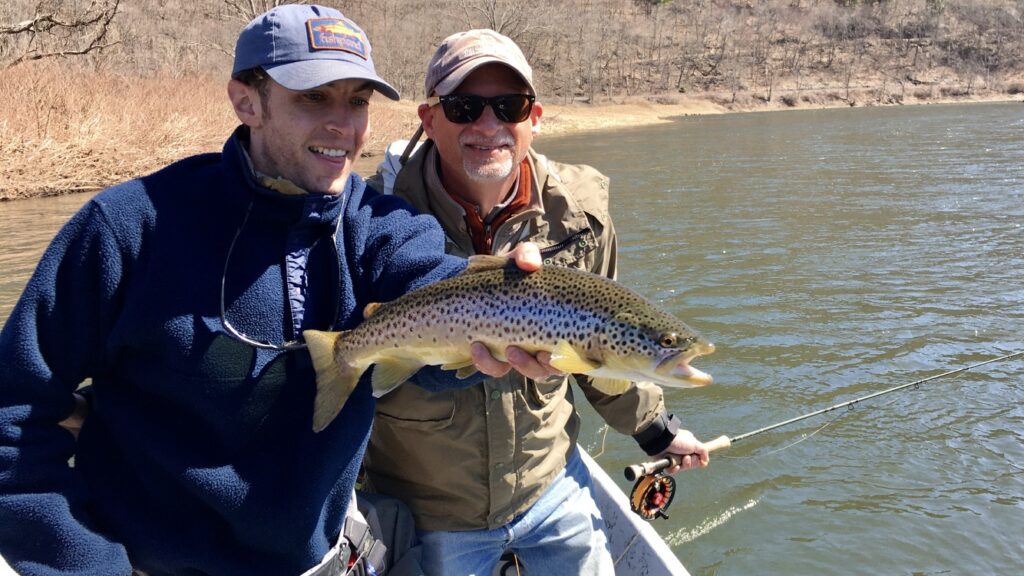The system fished well if you worked hard the past two days on nymphs and streamers. A few one and done rises. Rains expected and the spring bloat should be here. Rivers should rise throughout the week. Reservoirs remain pretty full in upper 90%
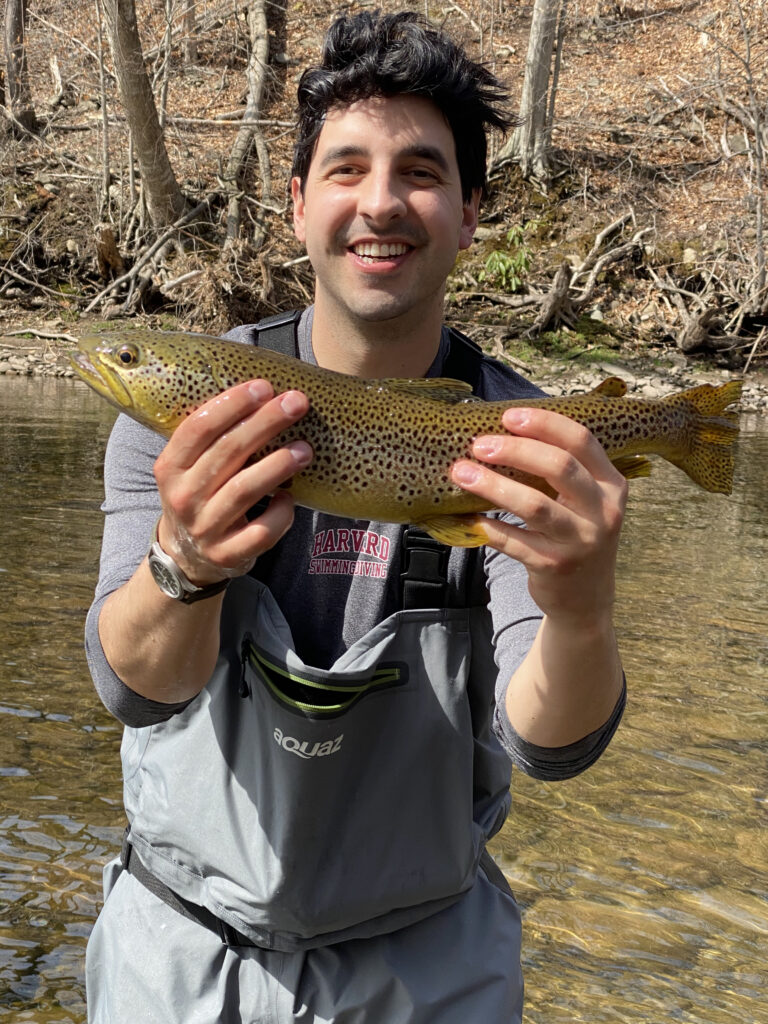



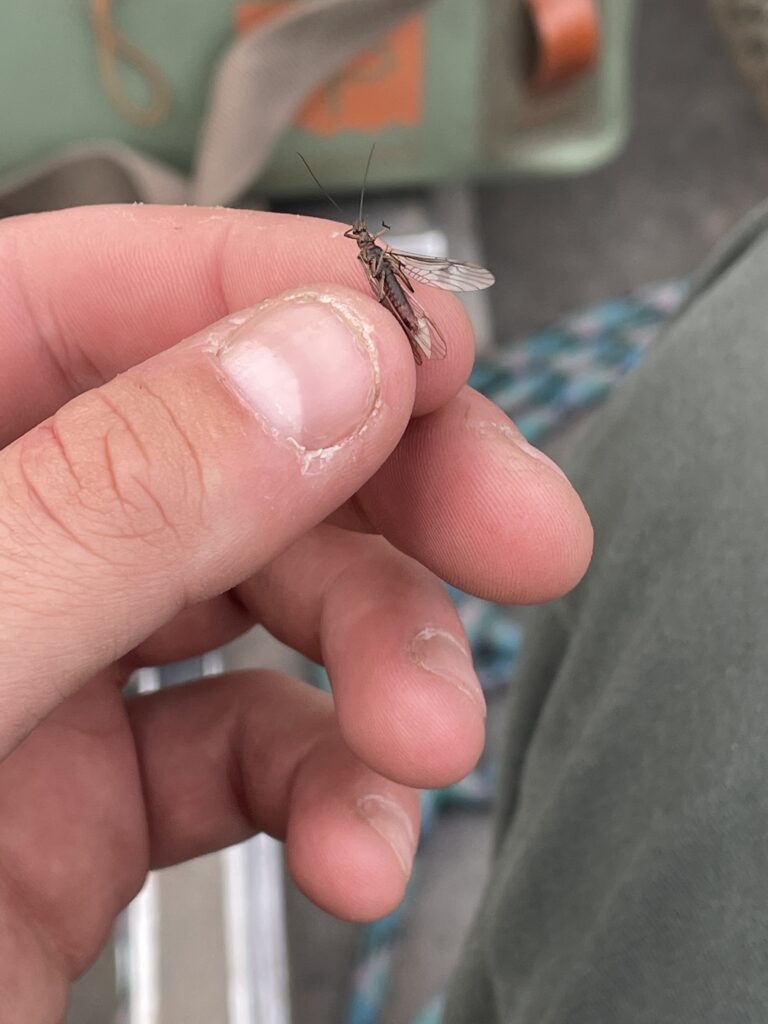
The system fished well if you worked hard the past two days on nymphs and streamers. A few one and done rises. Rains expected and the spring bloat should be here. Rivers should rise throughout the week. Reservoirs remain pretty full in upper 90%





This weekend we had great weather after the snow squalls Thursday and Friday. Fish caught here and there but the systems still not jumping yet. This weeks weather looks perfect for this time of year. Rains late in the week should bring the rivers up some. Big sun early in week will make some rivers tough to fish. Weatherman says winds will be down this week. Hope so.
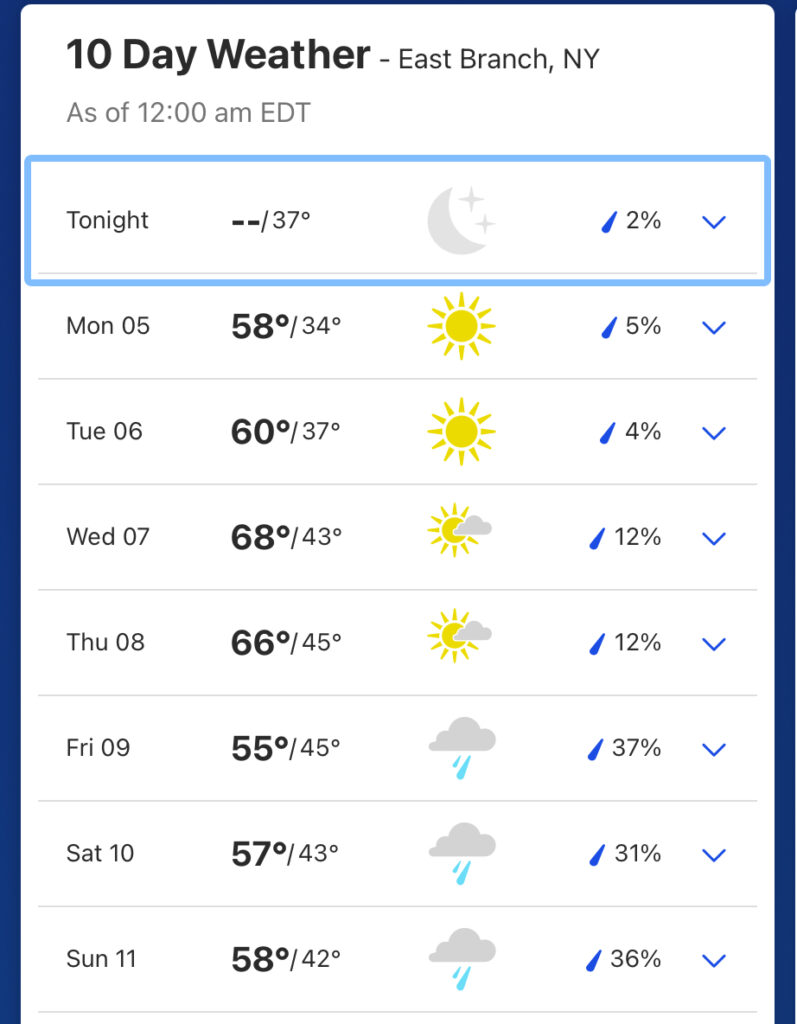
Matt Jansen and I drove some rivers today and casted at a few bridge fish. Found one section of river with crazy midge larva covering rocks. Here’s a pinch of a few I grabbed for a pic.
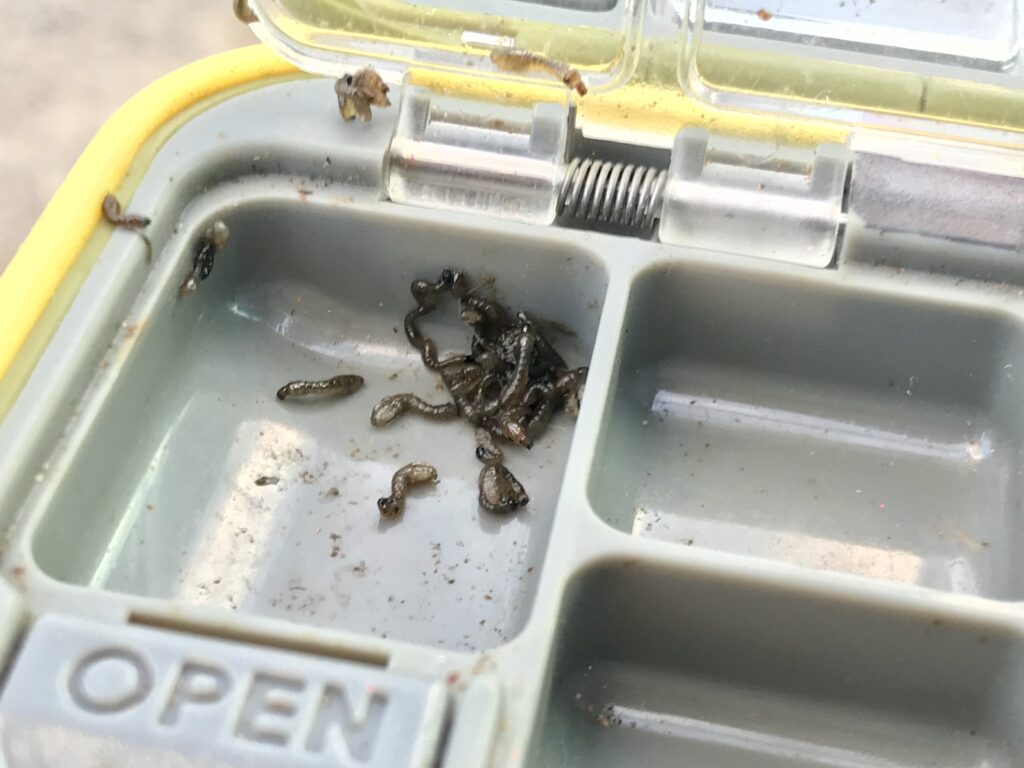
It was a great opening day because I had two of my wilder guys on the boat. These nuts fished 29 degree air, 20 mph winds and snow all day. Nature was raw to us. These are the days the $400 jacket pays for itself. Our gear allowed us to stay out and good thing we did. Most fish were found in the slower sections. The warmer temps we had this week were set back by the cold temps. It’s amazing to think that just yesterday we had fish rising on the edges. Today if a bug hatched it would have been in the trees before it dropped its shuck.
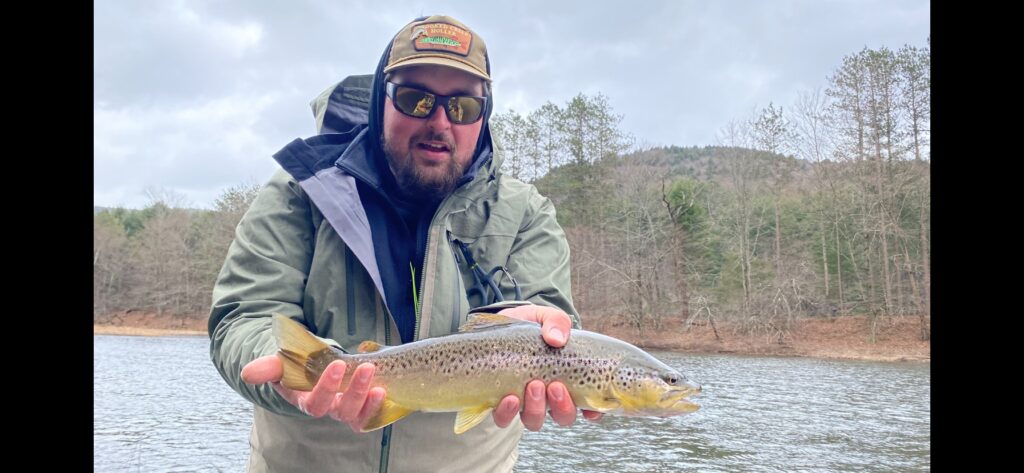

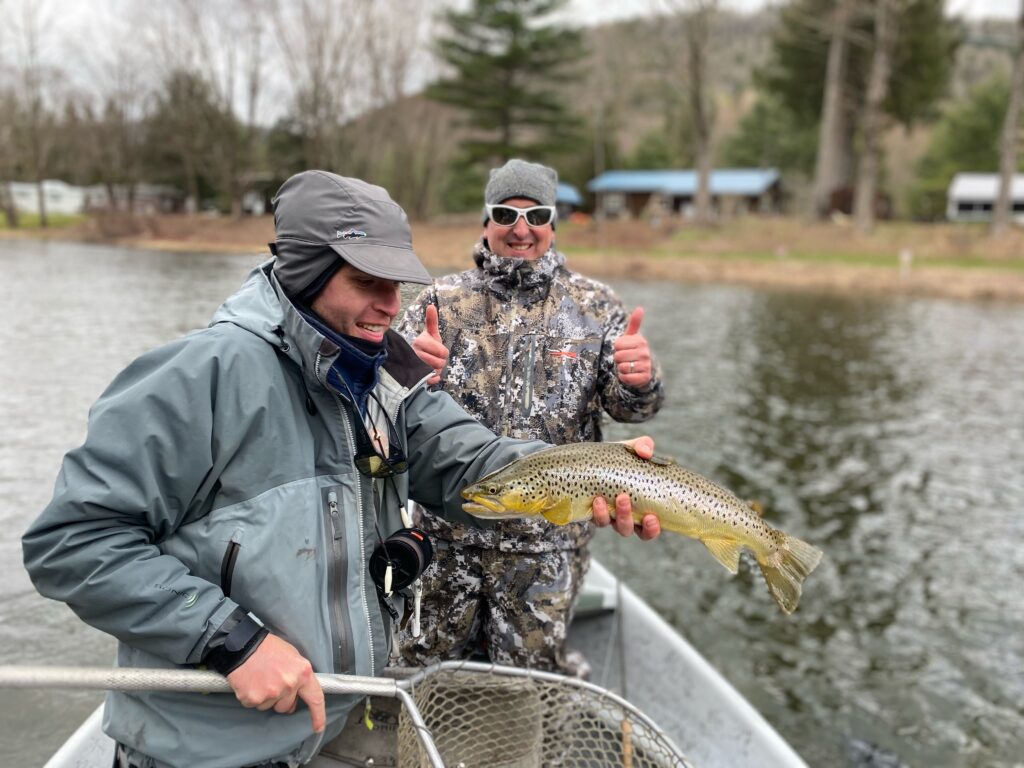
This is going to be short. We took advantage of the warm weather the last few days. Today we got 2 inches of snow and the next few are going to seem like winter. On the water until Sunday. The pictures below are from the past two days. Happy opening day! Pick up a piece of trash today today to get the fish Gods on your side for a year!
